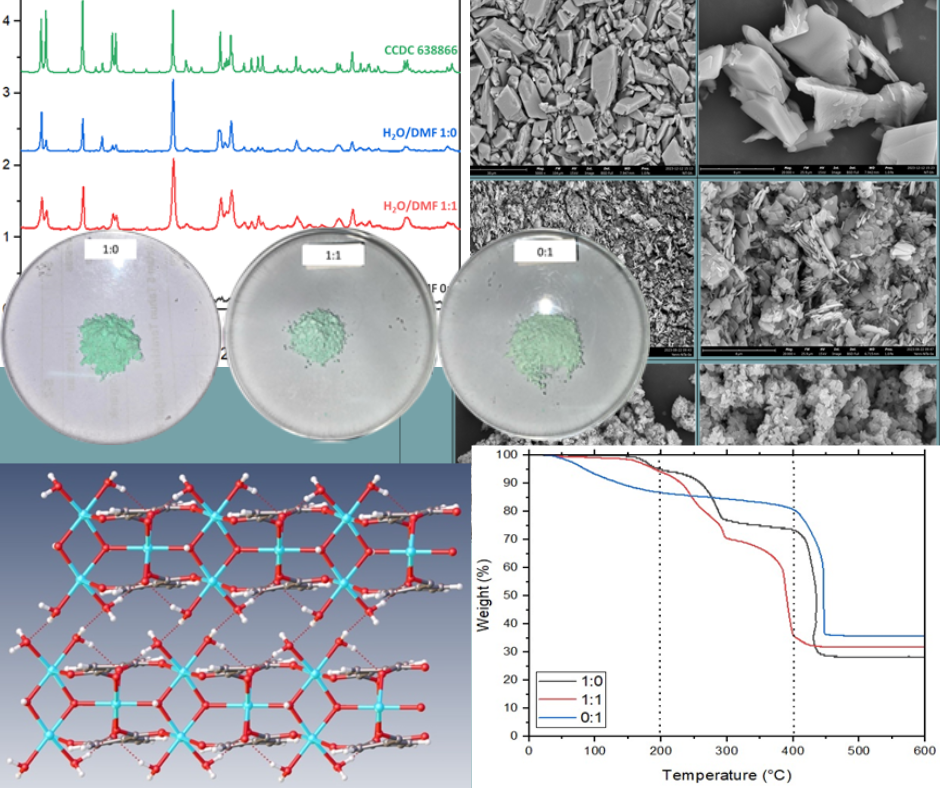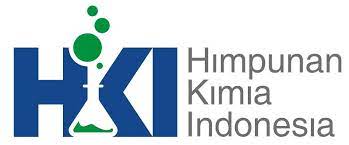
Effect of solvent in the solvothermal synthesis of nickel(II)-terephthalate complex
DOI:
10.29303/aca.v7i2.198Published:
2024-10-31Issue:
Vol. 7 No. 2 (2024)Keywords:
green chemistry, nickel complex, dimethylformamide, benzenedicarboxylate, functional materialArticles
Downloads
How to Cite
Finisia, Y., Tjahjanto, R. T., & Prananto, Y. P. (2024). Effect of solvent in the solvothermal synthesis of nickel(II)-terephthalate complex. Acta Chimica Asiana, 7(2), 487–493. https://doi.org/10.29303/aca.v7i2.198
Downloads
Download data is not yet available.
Metrics
Metrics Loading ...






 Indonesian Chemical Society, Chapter Nusa Tenggara. Jalan Majapahit 62 Mataram, University of Mataram, 83125, Indonesia
Indonesian Chemical Society, Chapter Nusa Tenggara. Jalan Majapahit 62 Mataram, University of Mataram, 83125, Indonesia





